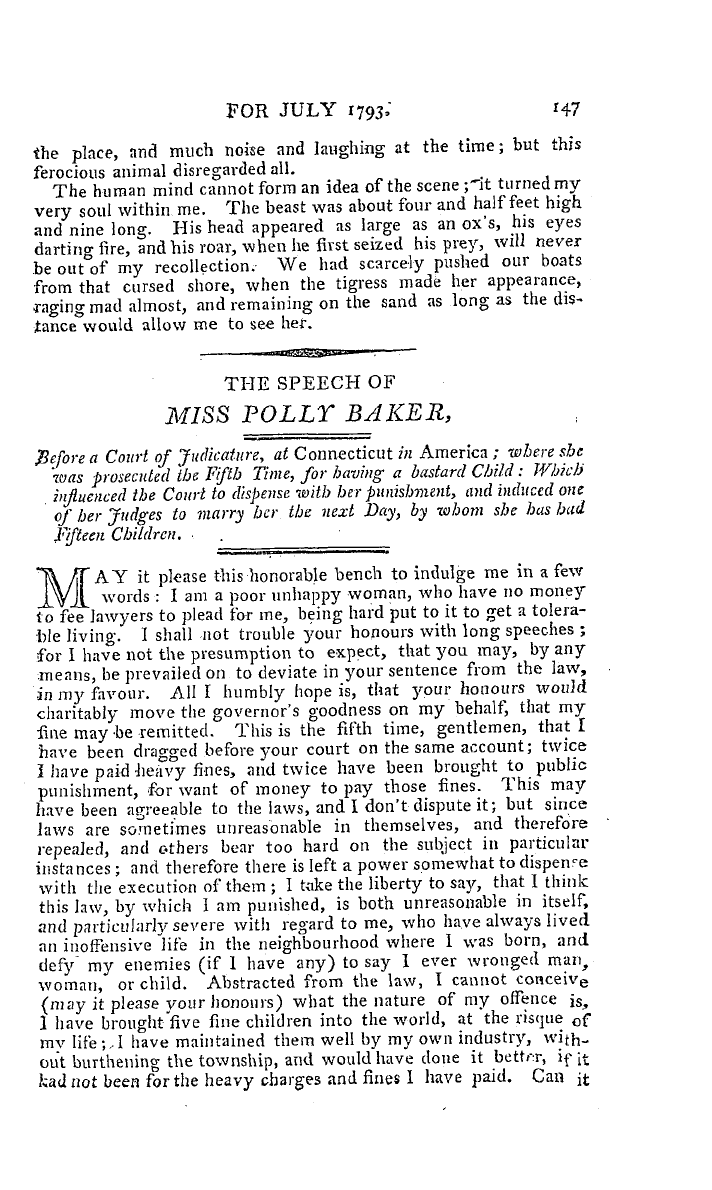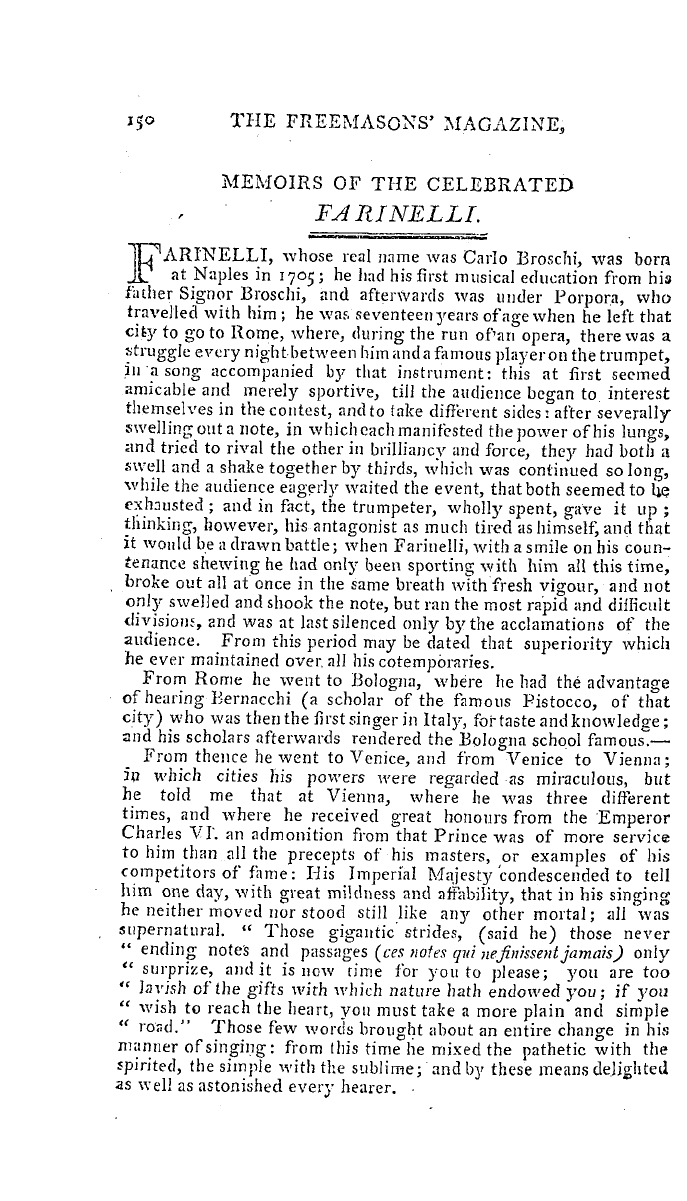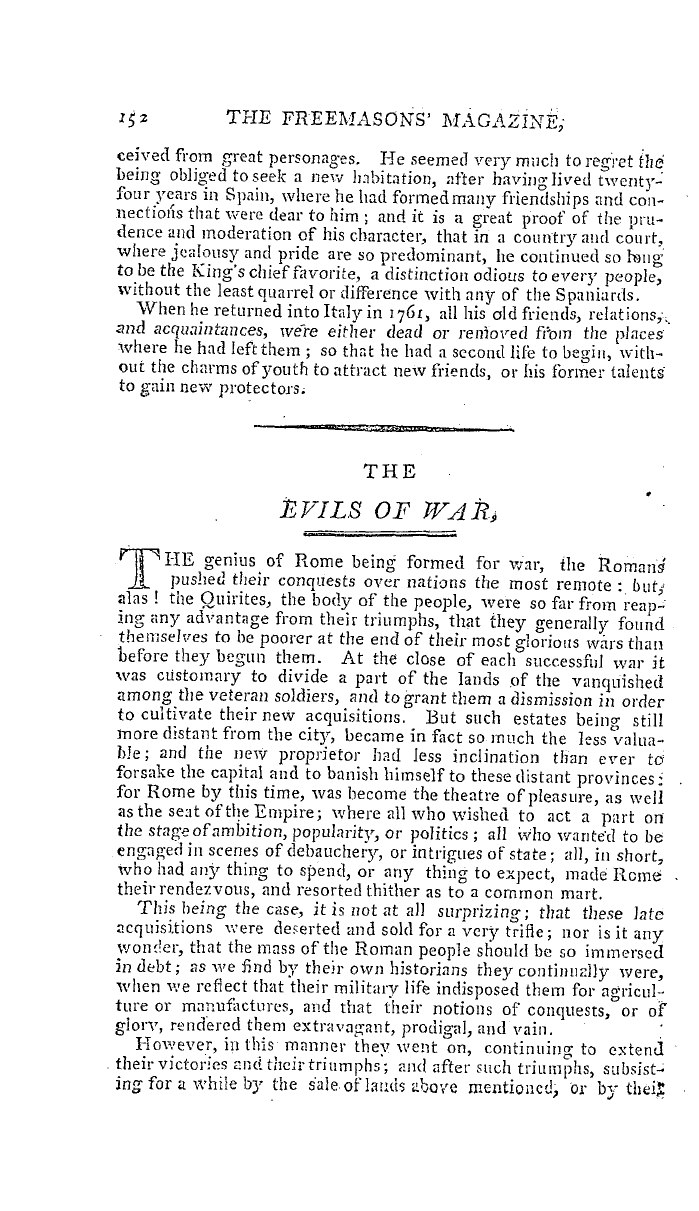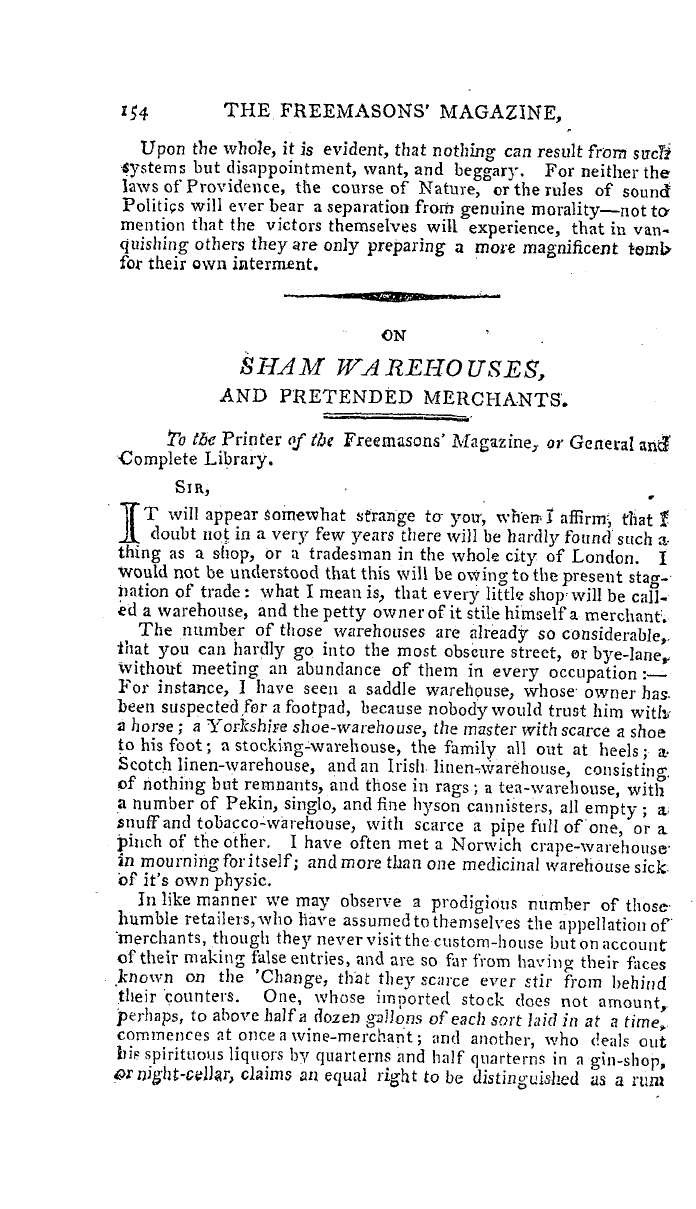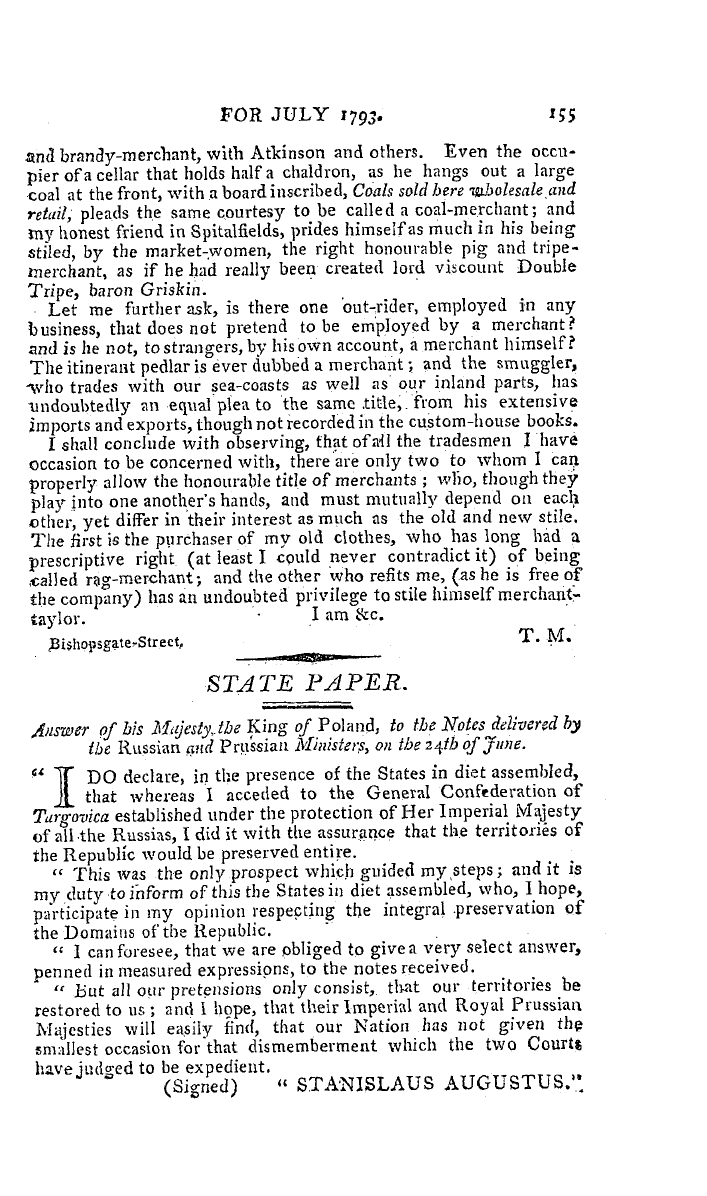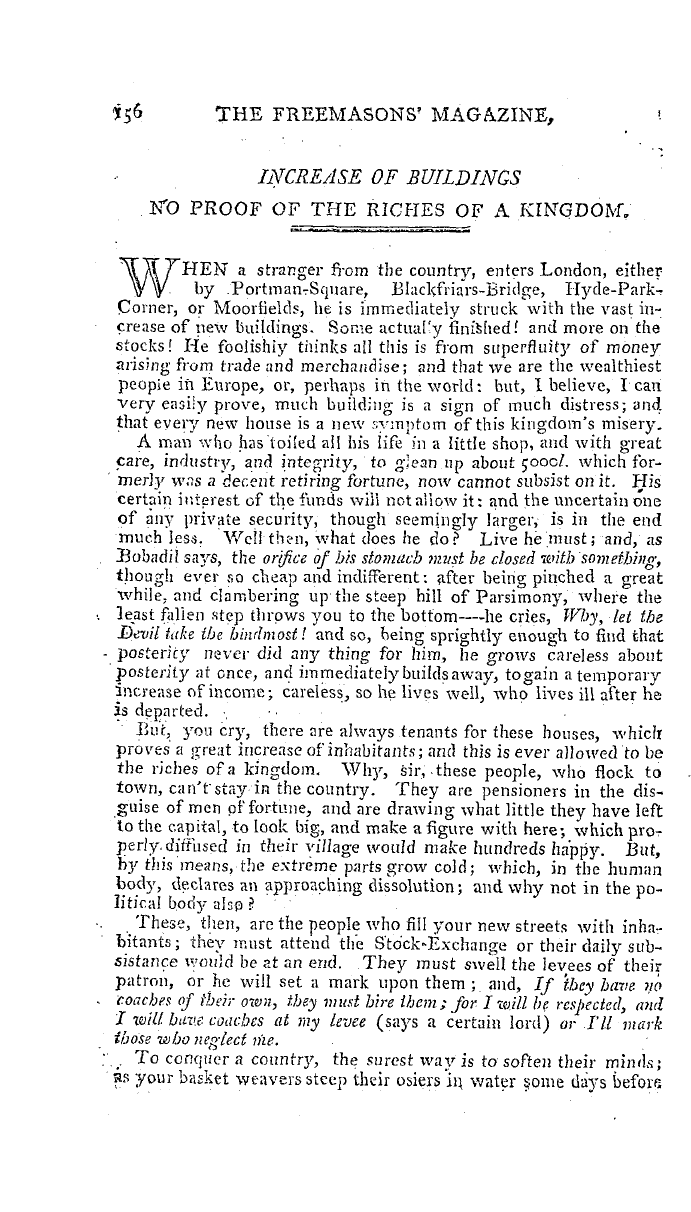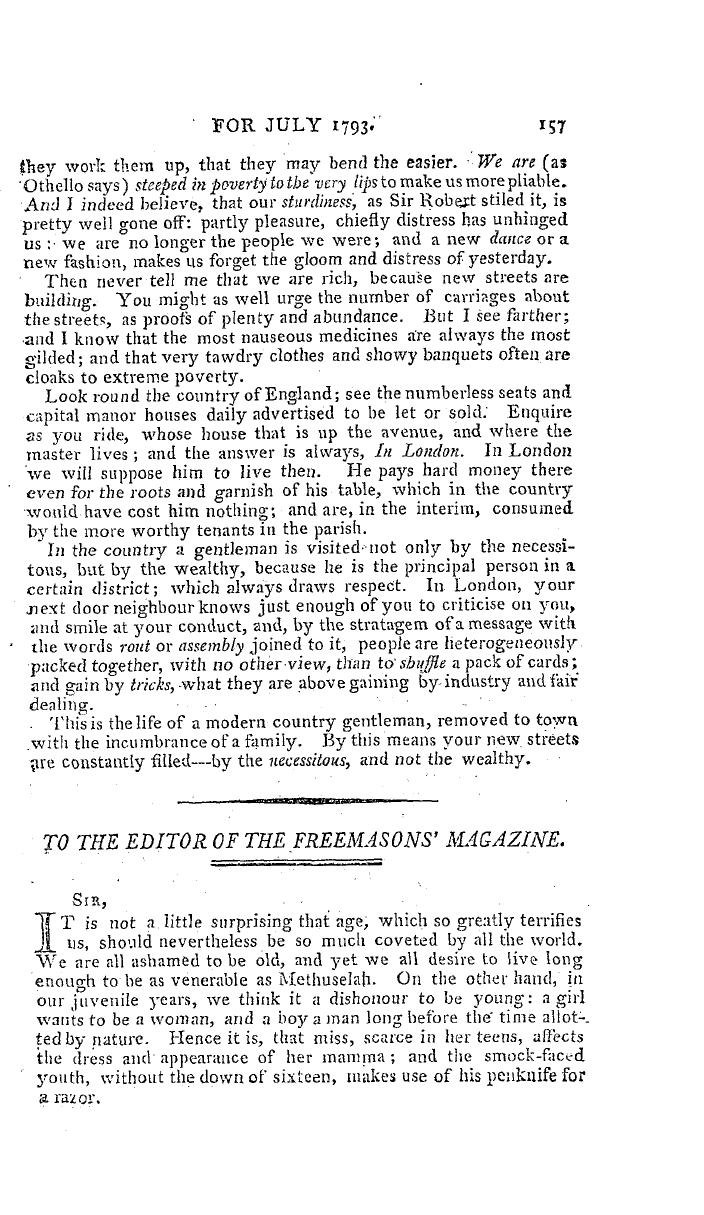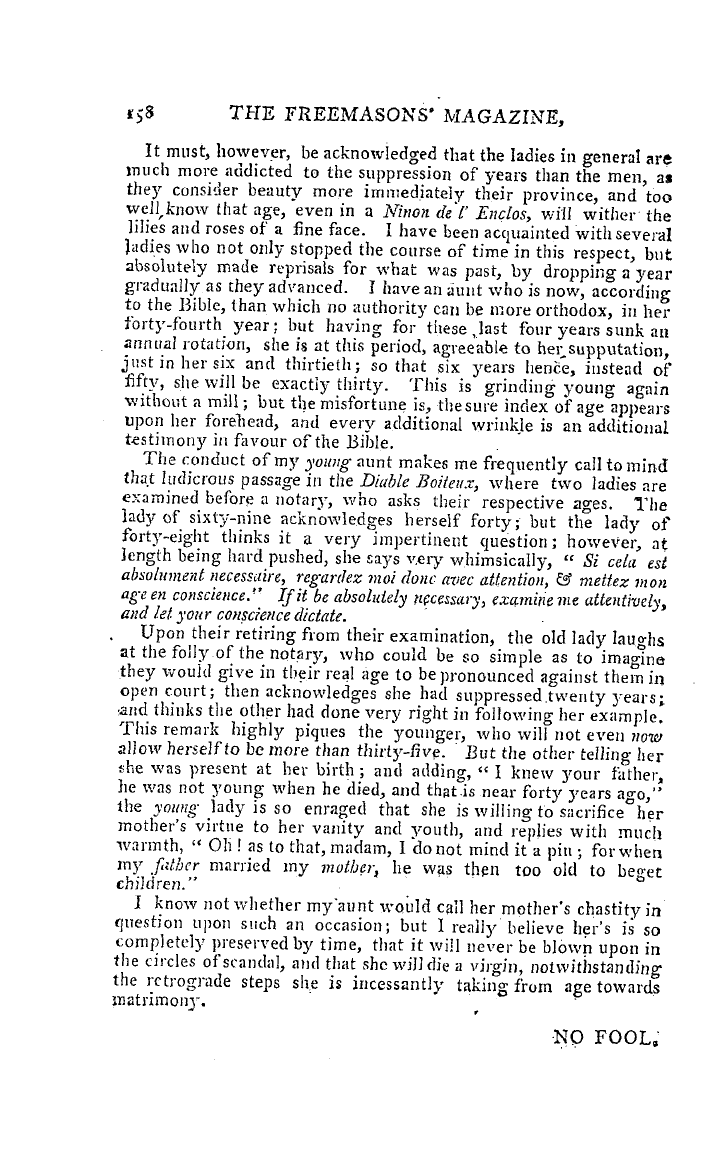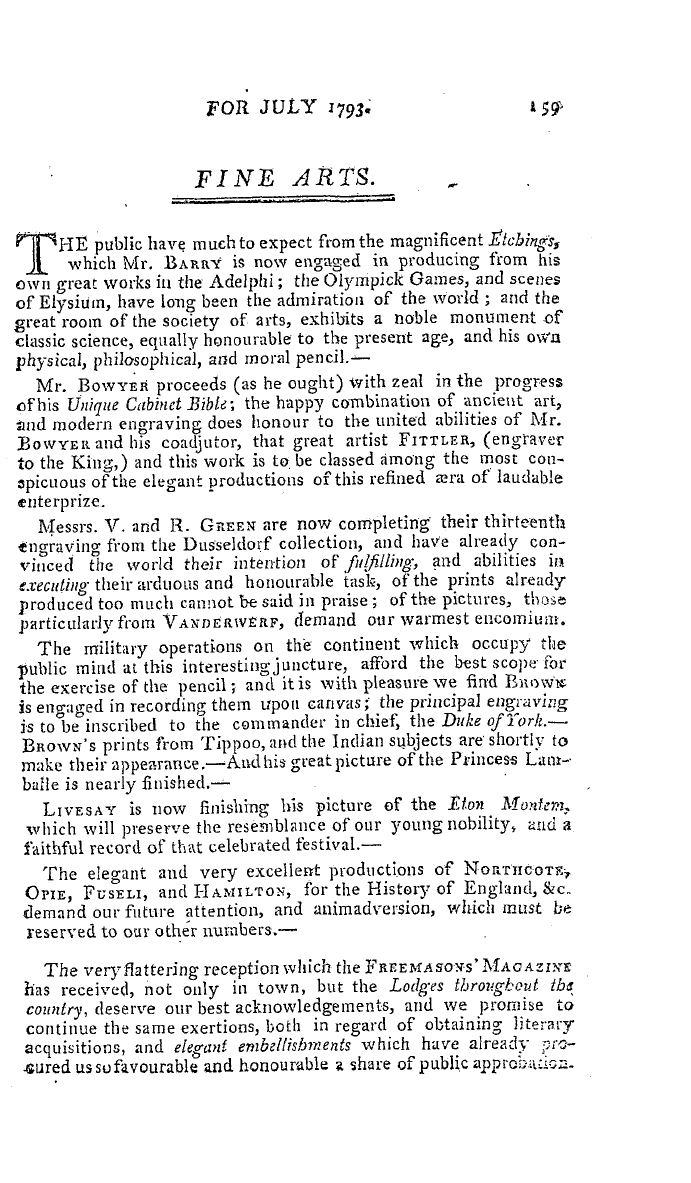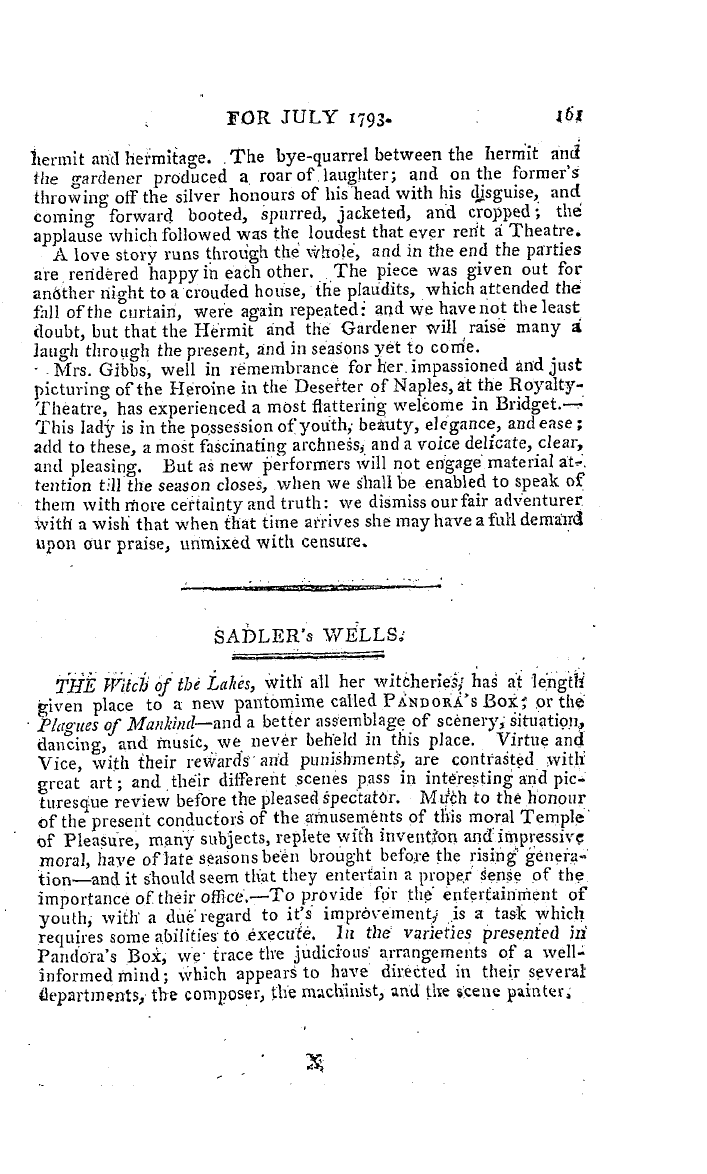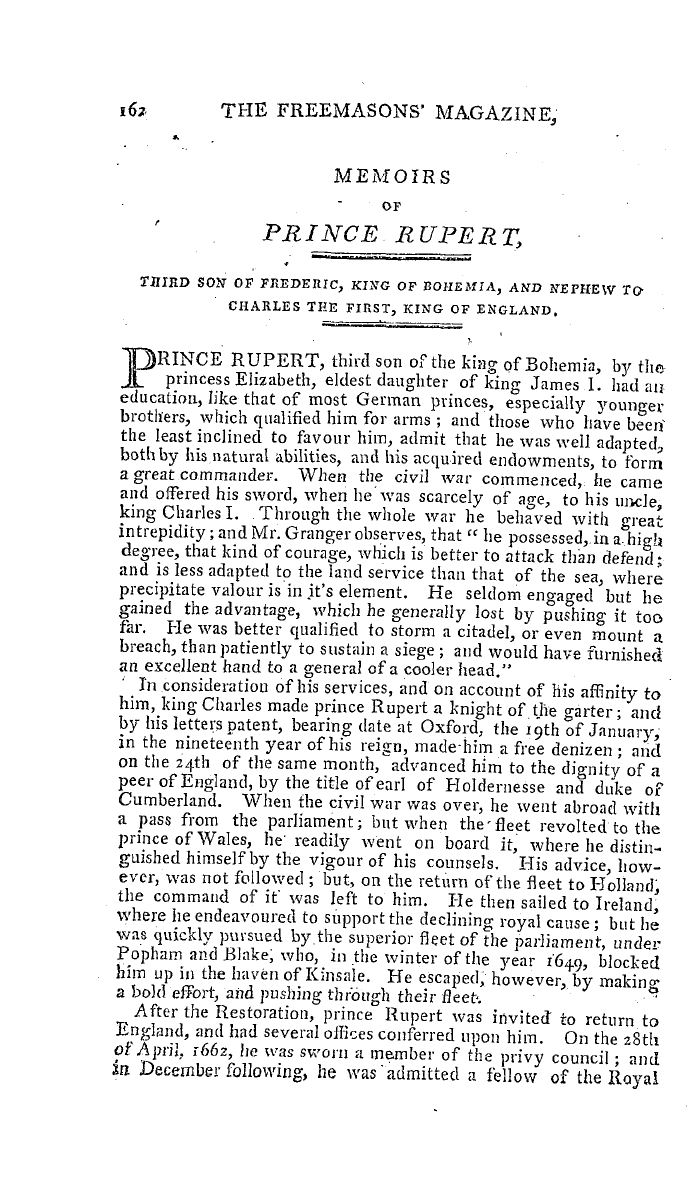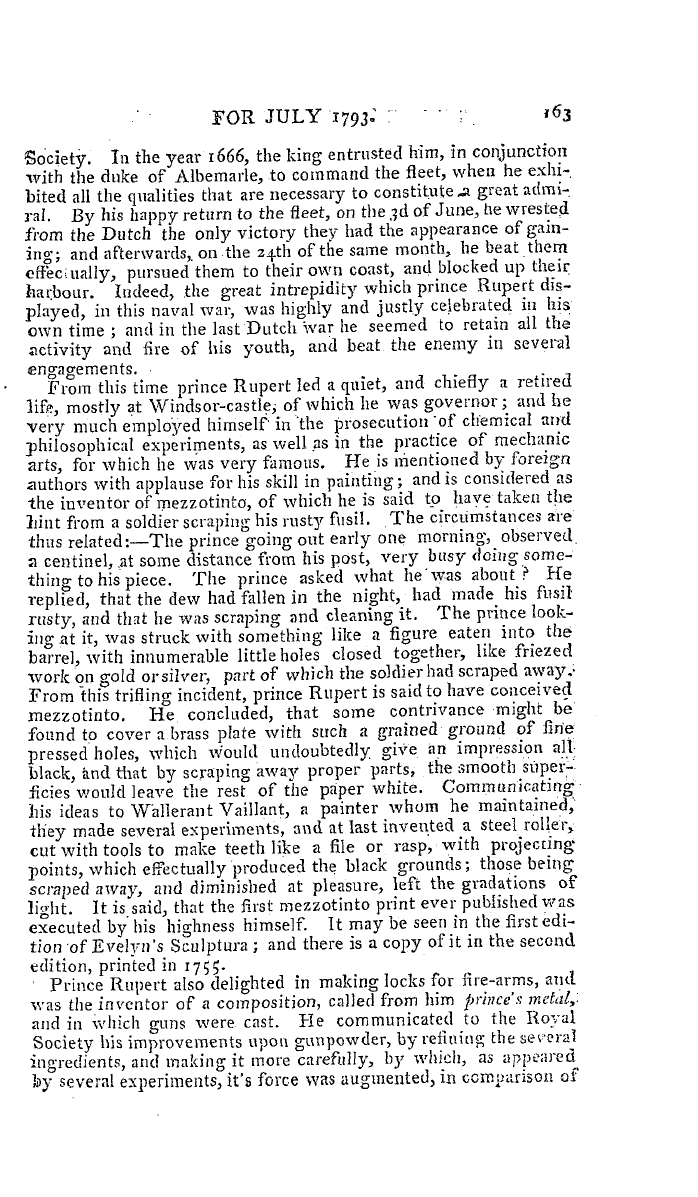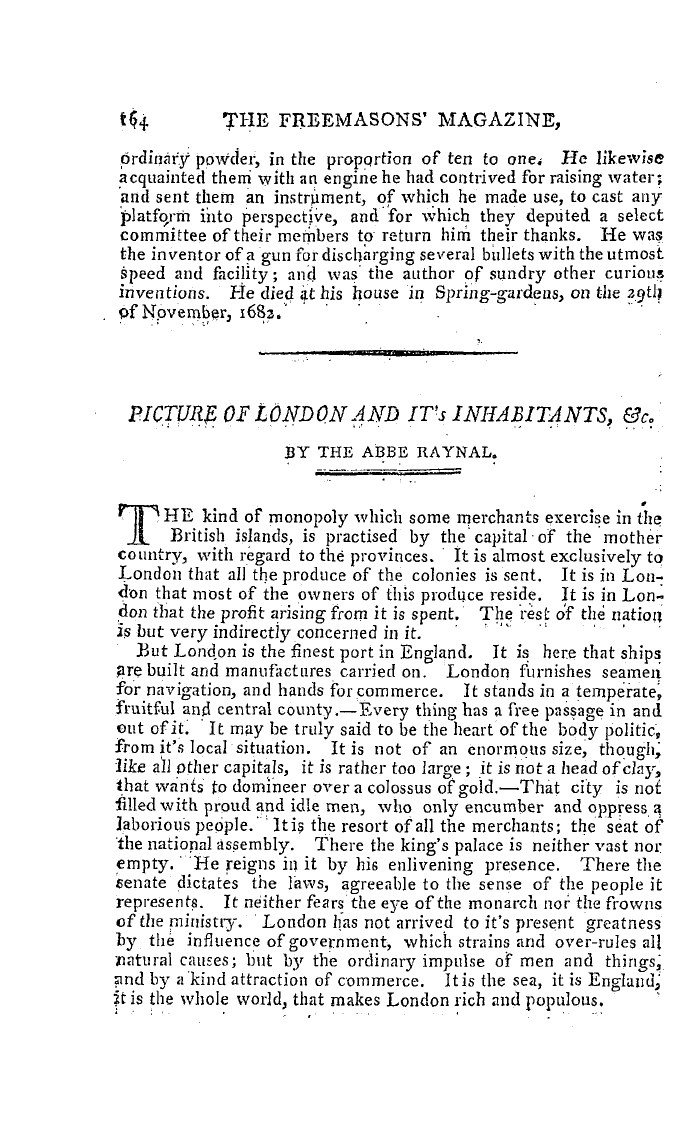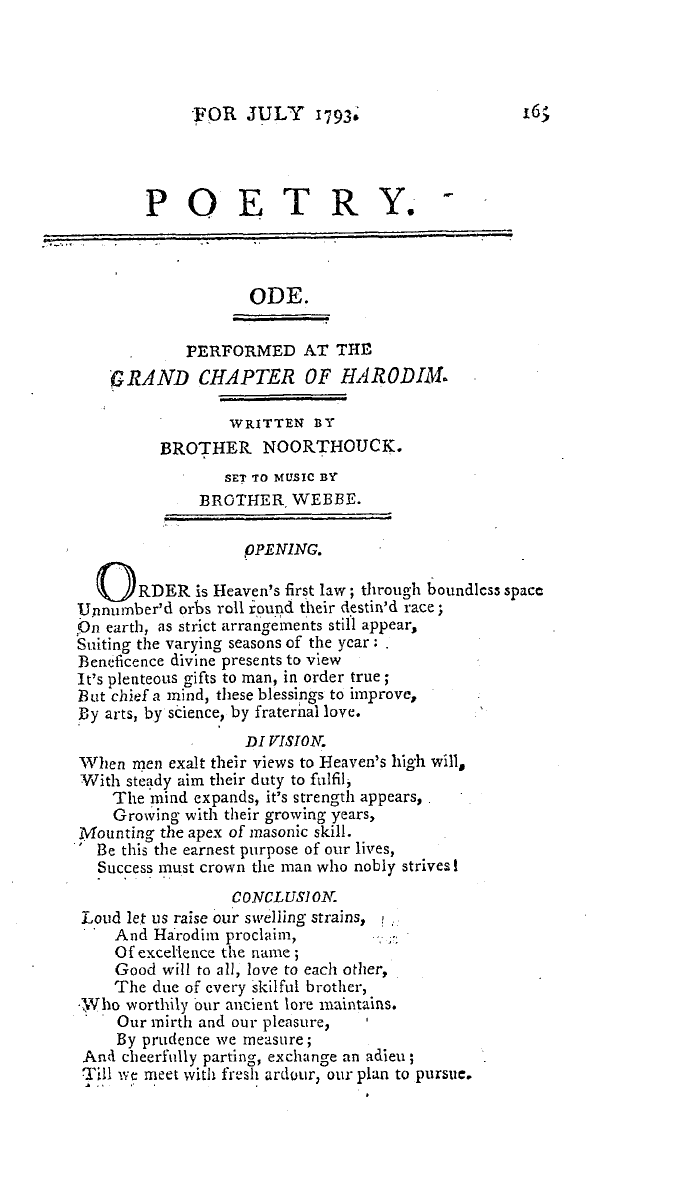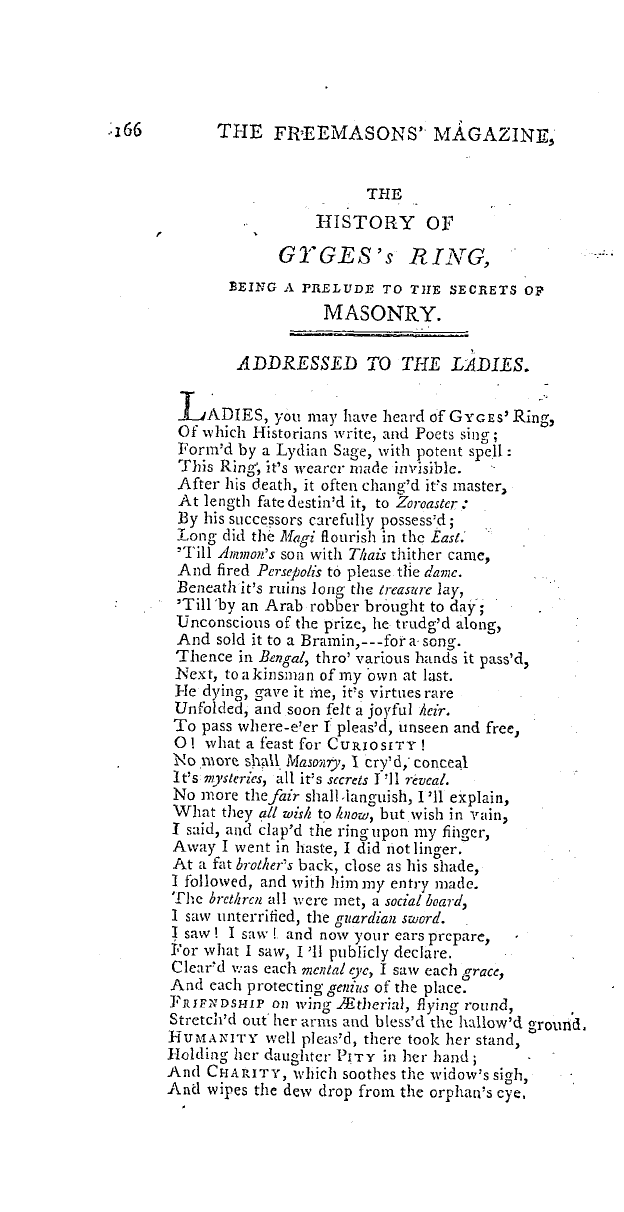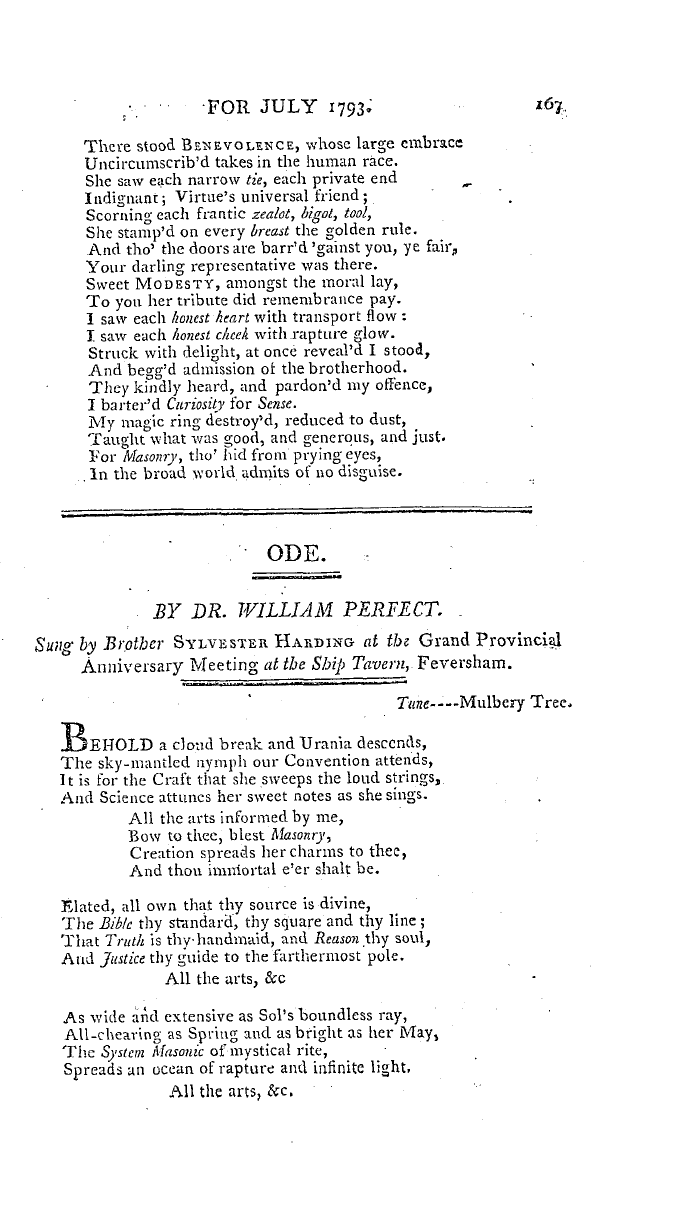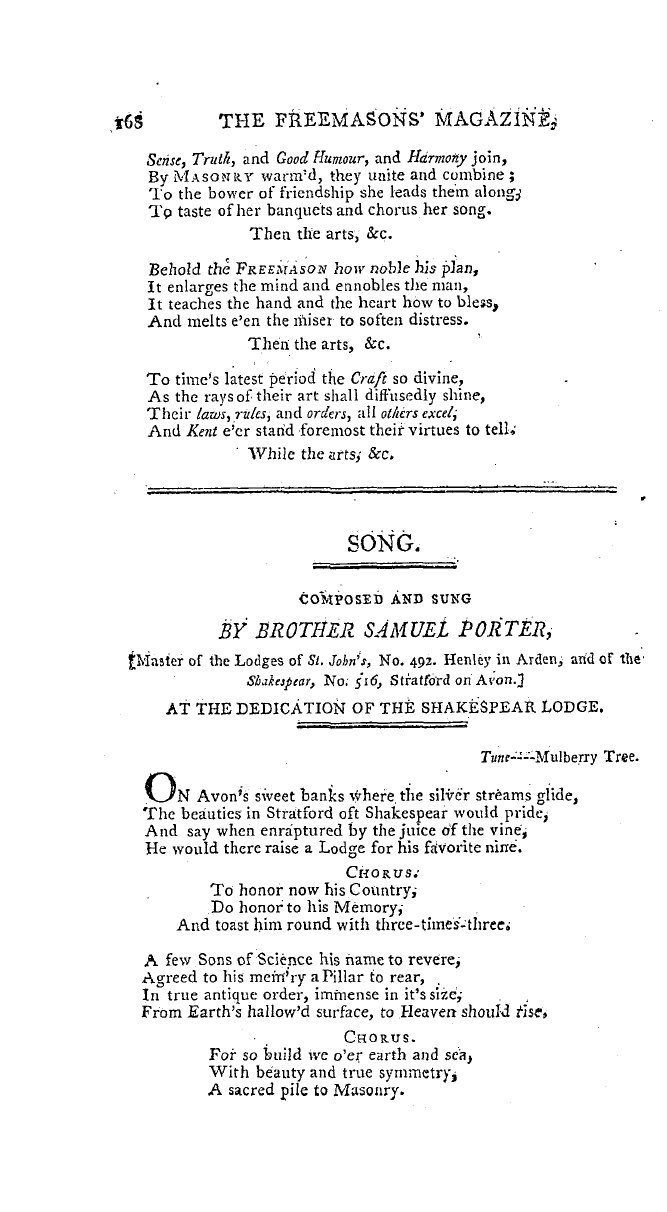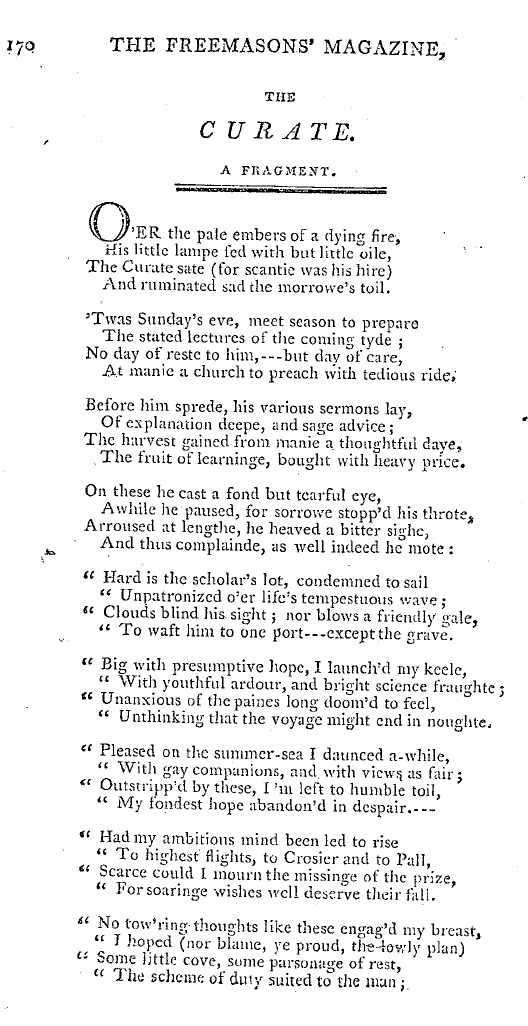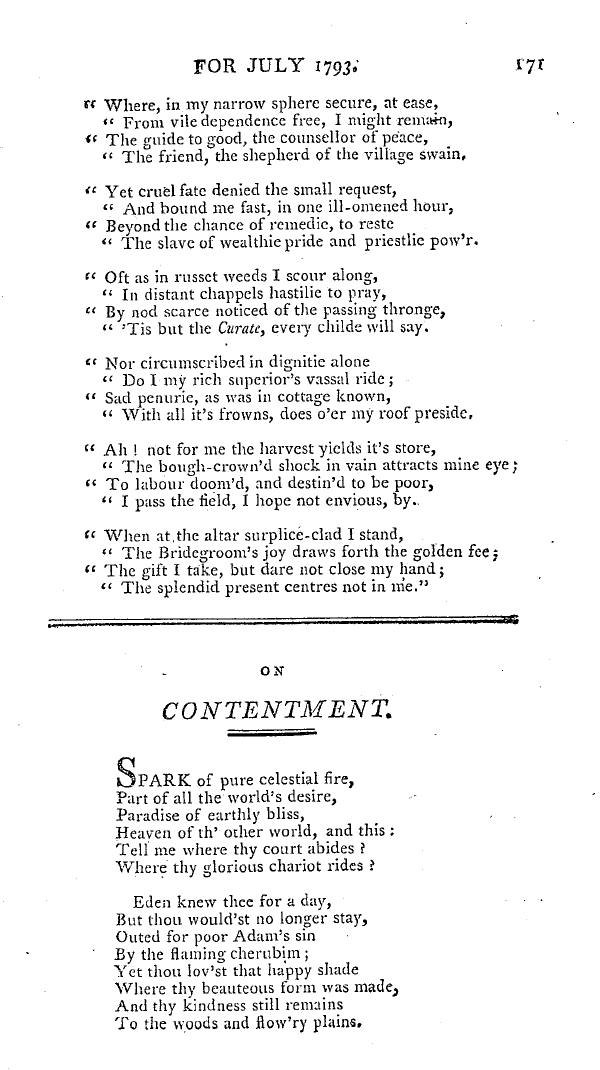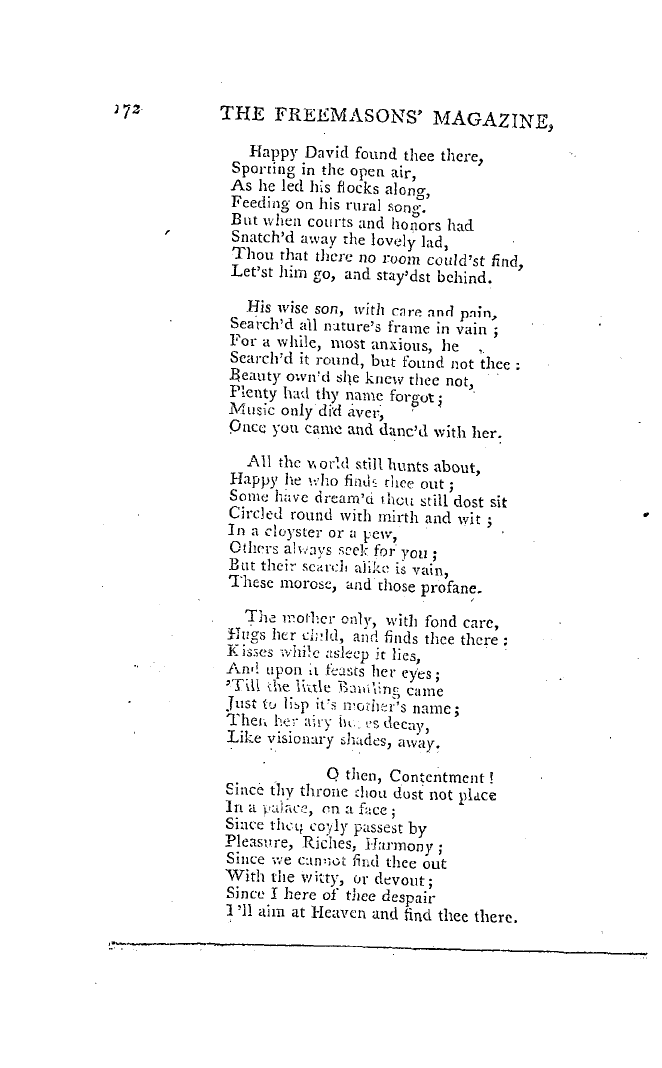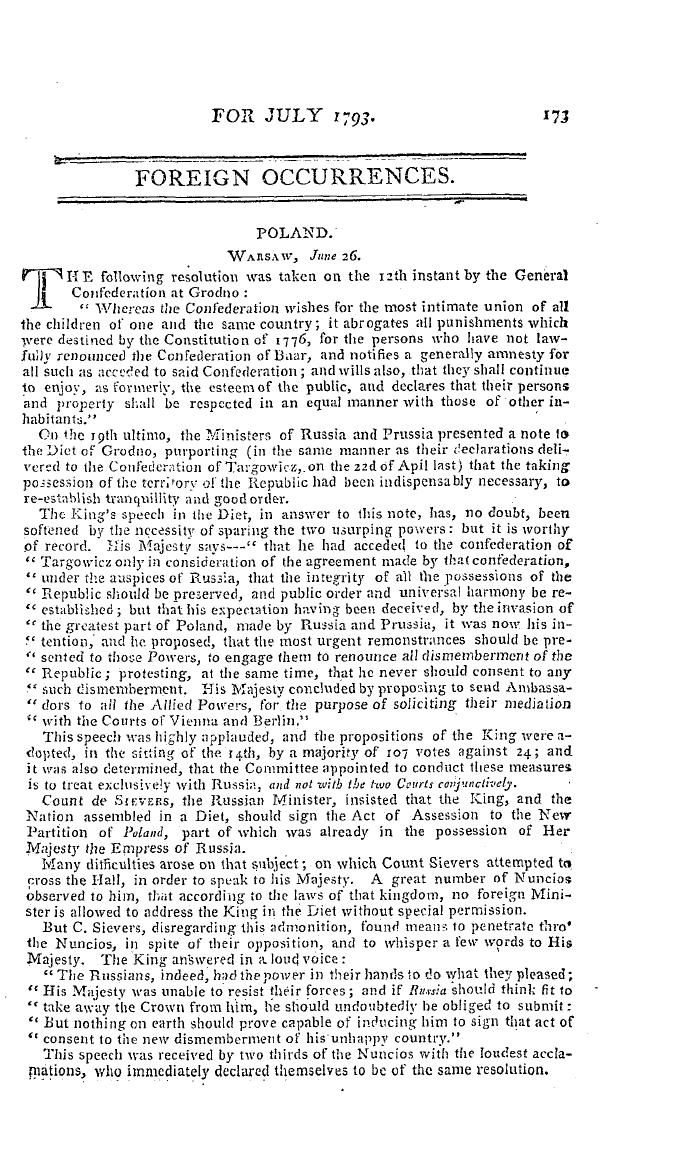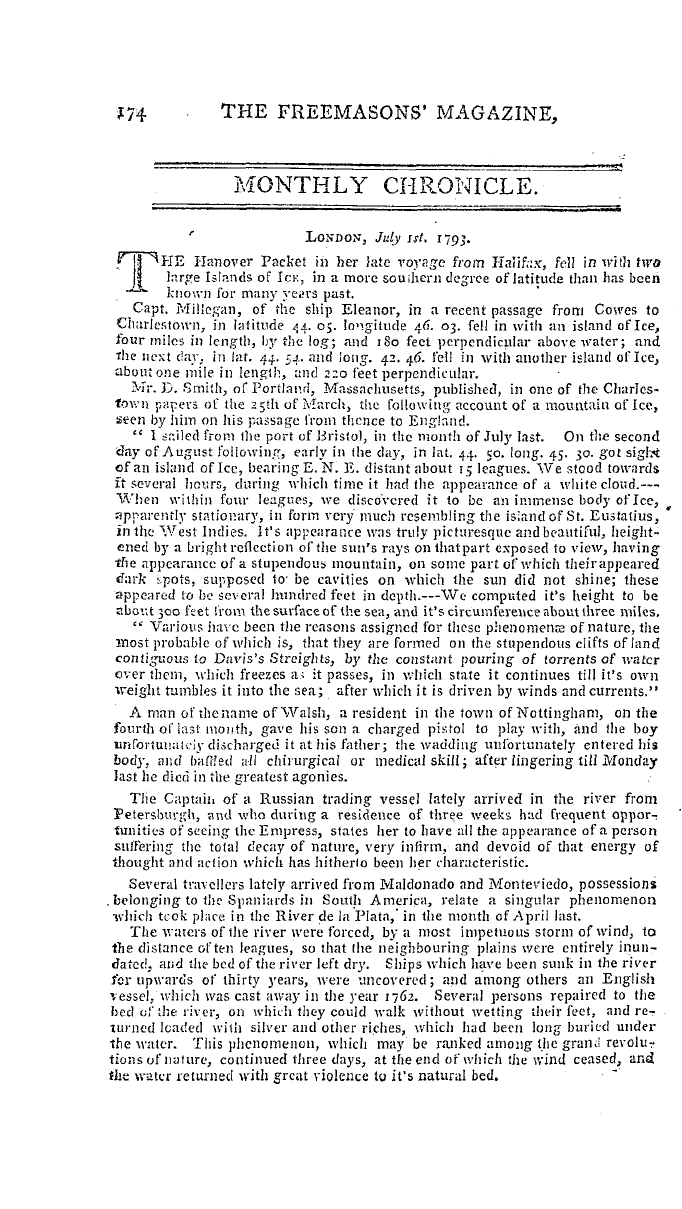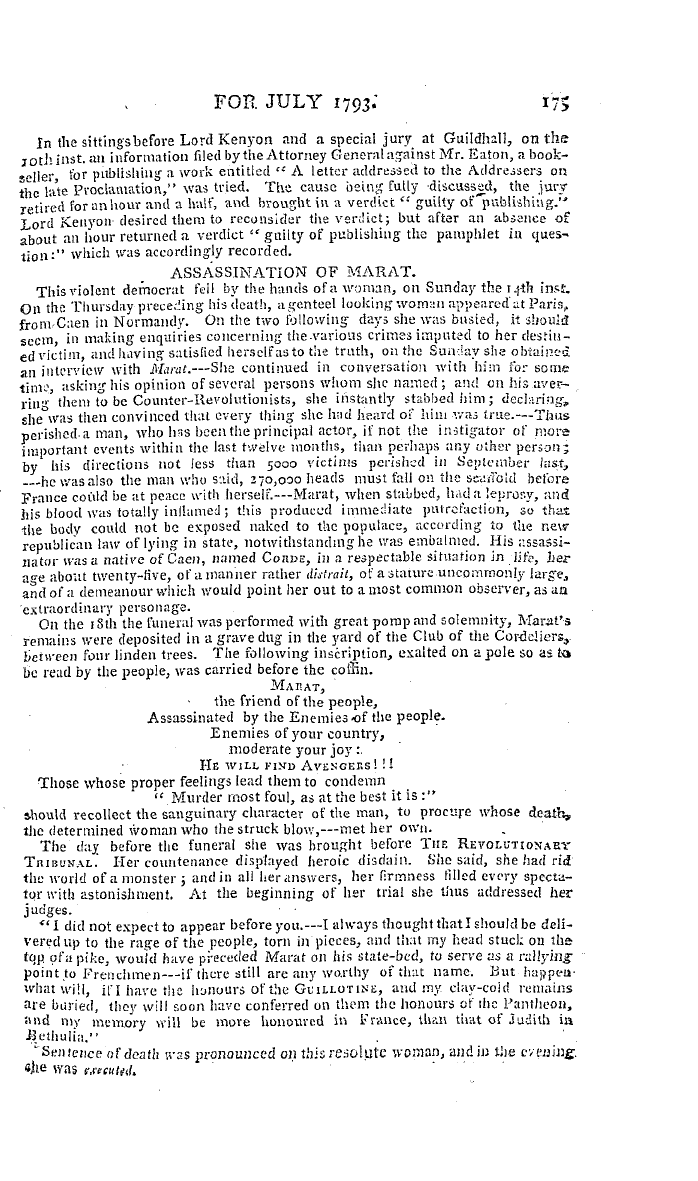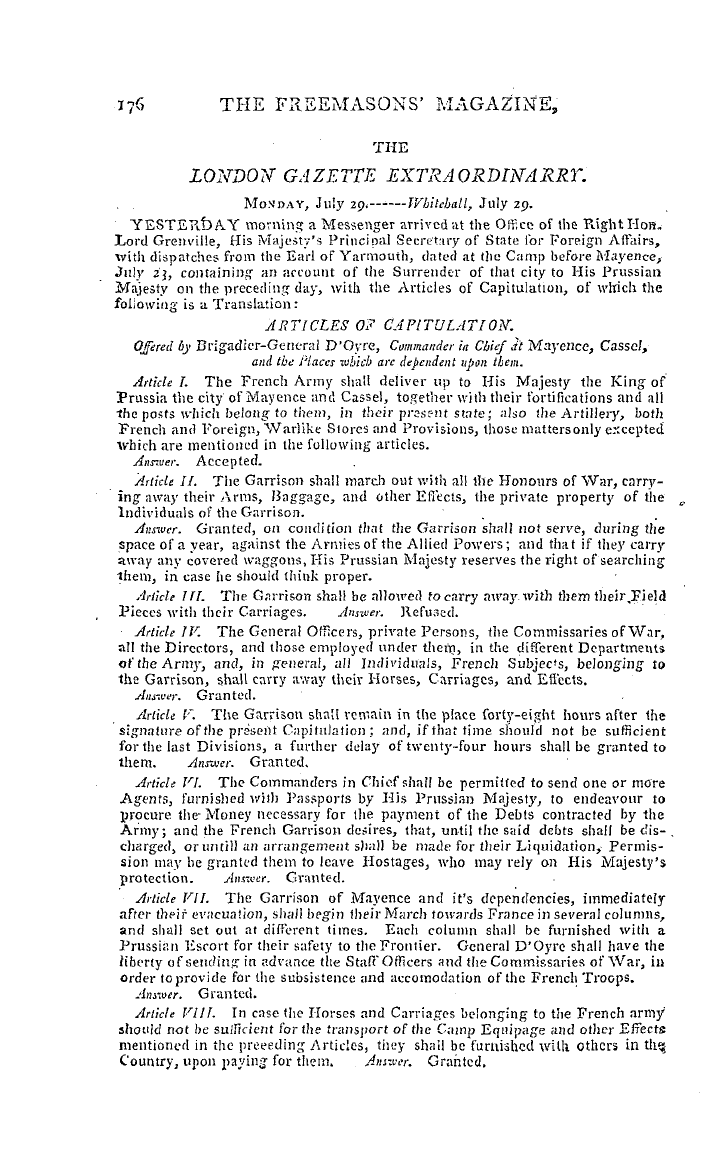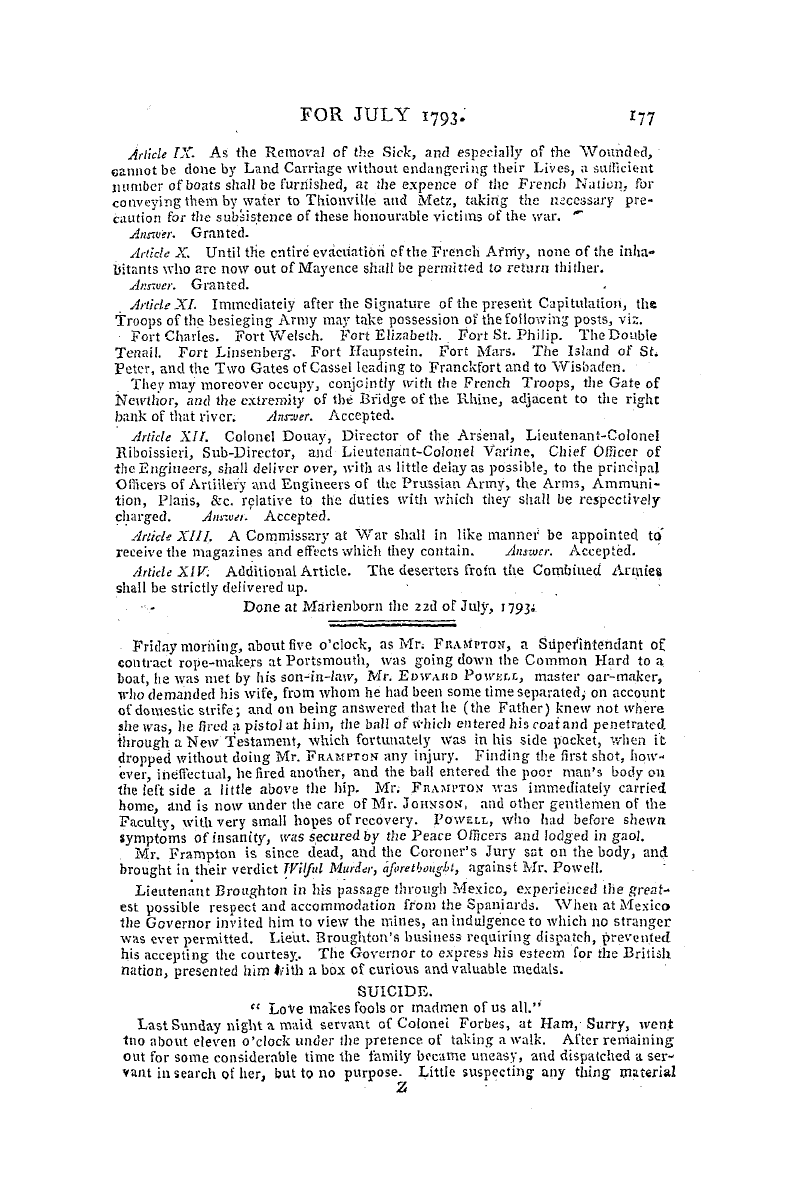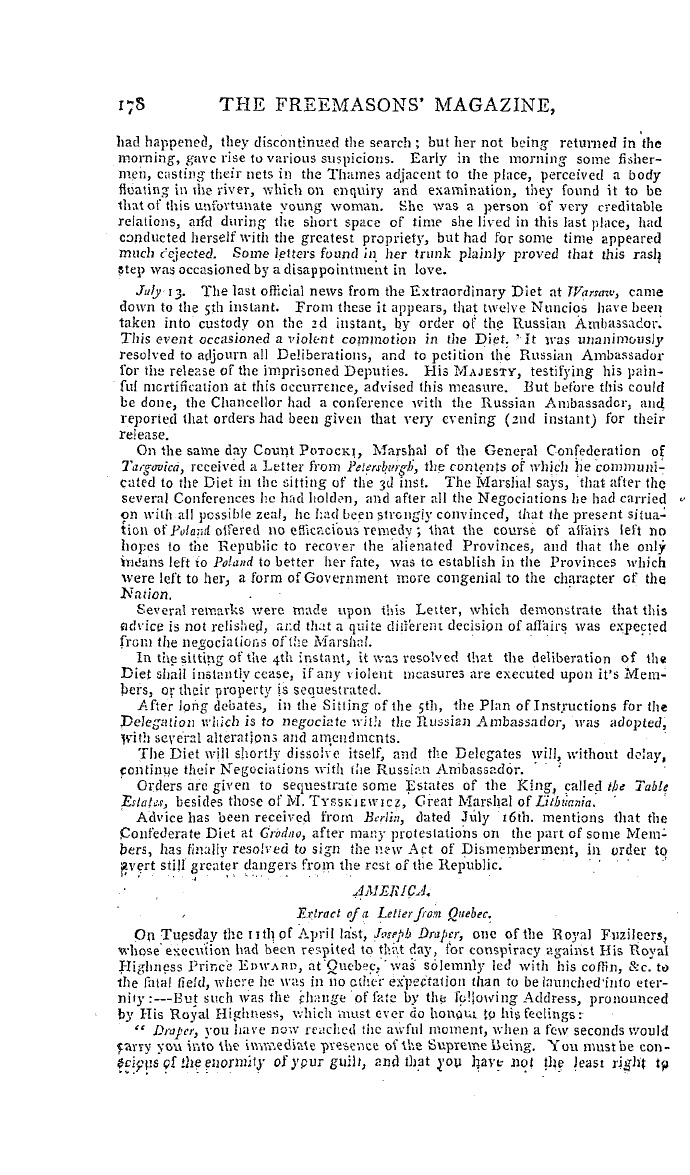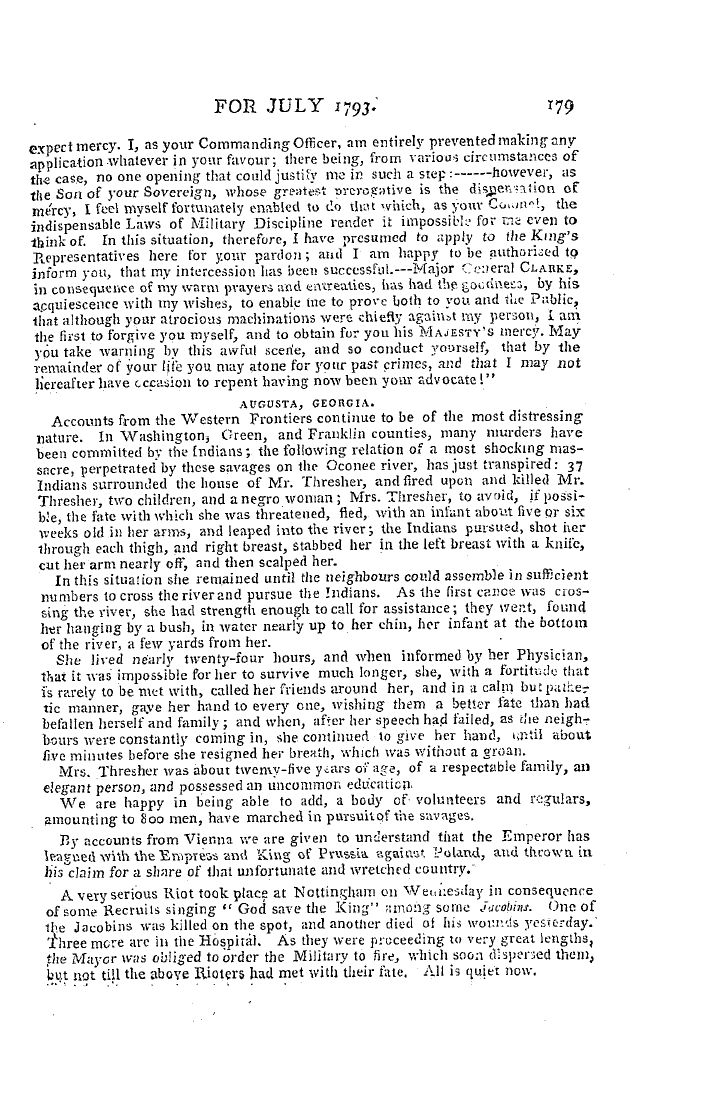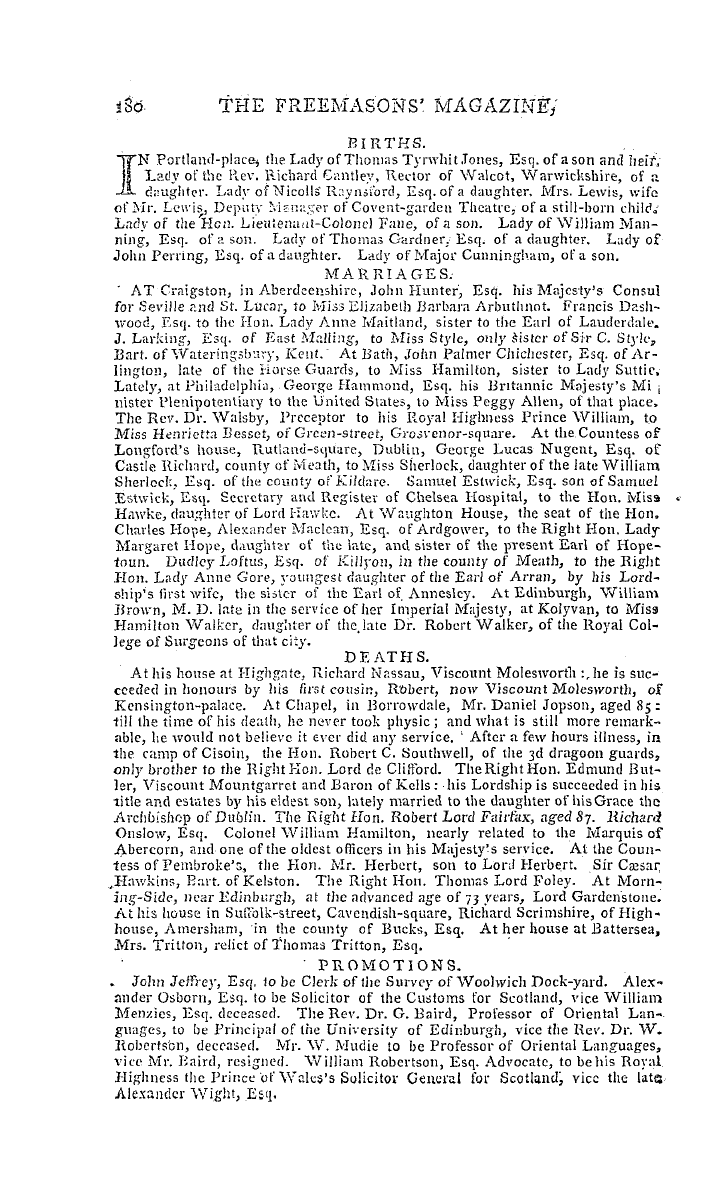-
Articles/Ads
Article OF ANIMALS LIVING IN SOLID BODIES. ← Page 2 of 2
Note: This text has been automatically extracted via Optical Character Recognition (OCR) software.
Of Animals Living In Solid Bodies.
" Being , says he , at my seat , near the village of Meudon , and overlooking a quarry man , whom I had set to break some very large and hard stones , in the mirdle of one we found a huge toad , full of life , and without any visible aperture by which it could get there . I began : o wonder how it received birth , had grown and lived ; but the labourer told me .-it was not the first time he had met with a toad
, , and the like creatures , within huge blocks of stone , and no vissible opening or fissure . " Observations of living toads , found in very hard and entire stones , occur in several authors , particularly Baptist Fulgoso Doge of Genoa , the famous physicians of Agricola and Horstius , and lord Verulam : others give very specious accounts of snakes , frogs ,
crabs , and lobsters being found alive , inclosed within blocks of marble , rocks , and large stones . Without attempting to explain facts so very abstruse and surprizing , yet , at the same time , so well authenticated , I shall only indicate the inferences arising from them . i . That the testaceous and crustaceous fish , the toads , snakes ,
frogs , or at least the eggs , whence these different kinds of animals proceed , were lodged in the trees at their first growth , or in the soft mud , of which the stones were afterwards formed . 2 . That these animals thus enclosed within trees or stones , or at least which come from eggs hatched in them , have subsisted there ever since , that is , 50 , ( 00 , 150 years , or perhaps even more , as less could not be required for the growth of the trees , or the formation of the stones where they were found .
3 . That consequently they had lived there much longer than animals of the same species when at liberty . 4 . Yet , during all the ' time , their sole aliment has been the sap of the tree , or any moisture or liquor penetrating through the thickness of the stones . 5 . That they lived there without any other air than what was contained within there scanty ceilswhich even with regard to the
, shell-fish , these having a kind of respiration , deserves some enquiry ; but borders on incredibility , with respect tofiogs , toads , and snakes , whose sensible respiration seems to require much more air . 6 . That to this exclusion of all external air , the animals , thus enclosed , might perhaps owe their iongasvity ; at least this agrees with the idea of the celebrated Bacon , who , in his Historia vitae et
mortis , cannon 1 S , lays down the following rule as confirmed by experience . Aer exclustts confert adlongcsvitaiem , si aliis incommodis caveas . 7 . Lastly , That instinct taught these animals to provide themselves beforehand with niches proportioned totheirutmost growth ; or at least as they grew , they had the sagacity to enlarge their niches , either by repellingorgraduallabrading-firesides which formed them .
, y These consequences , I am aware , may appear incredible , and I own not without some reason ; but , incredible as they may seem , they must be admitted , if we admit the facts , whence they are deduced , be true ; and after such vouchers and attestations , they are scarce to be questioned .
Note: This text has been automatically extracted via Optical Character Recognition (OCR) software.
Of Animals Living In Solid Bodies.
" Being , says he , at my seat , near the village of Meudon , and overlooking a quarry man , whom I had set to break some very large and hard stones , in the mirdle of one we found a huge toad , full of life , and without any visible aperture by which it could get there . I began : o wonder how it received birth , had grown and lived ; but the labourer told me .-it was not the first time he had met with a toad
, , and the like creatures , within huge blocks of stone , and no vissible opening or fissure . " Observations of living toads , found in very hard and entire stones , occur in several authors , particularly Baptist Fulgoso Doge of Genoa , the famous physicians of Agricola and Horstius , and lord Verulam : others give very specious accounts of snakes , frogs ,
crabs , and lobsters being found alive , inclosed within blocks of marble , rocks , and large stones . Without attempting to explain facts so very abstruse and surprizing , yet , at the same time , so well authenticated , I shall only indicate the inferences arising from them . i . That the testaceous and crustaceous fish , the toads , snakes ,
frogs , or at least the eggs , whence these different kinds of animals proceed , were lodged in the trees at their first growth , or in the soft mud , of which the stones were afterwards formed . 2 . That these animals thus enclosed within trees or stones , or at least which come from eggs hatched in them , have subsisted there ever since , that is , 50 , ( 00 , 150 years , or perhaps even more , as less could not be required for the growth of the trees , or the formation of the stones where they were found .
3 . That consequently they had lived there much longer than animals of the same species when at liberty . 4 . Yet , during all the ' time , their sole aliment has been the sap of the tree , or any moisture or liquor penetrating through the thickness of the stones . 5 . That they lived there without any other air than what was contained within there scanty ceilswhich even with regard to the
, shell-fish , these having a kind of respiration , deserves some enquiry ; but borders on incredibility , with respect tofiogs , toads , and snakes , whose sensible respiration seems to require much more air . 6 . That to this exclusion of all external air , the animals , thus enclosed , might perhaps owe their iongasvity ; at least this agrees with the idea of the celebrated Bacon , who , in his Historia vitae et
mortis , cannon 1 S , lays down the following rule as confirmed by experience . Aer exclustts confert adlongcsvitaiem , si aliis incommodis caveas . 7 . Lastly , That instinct taught these animals to provide themselves beforehand with niches proportioned totheirutmost growth ; or at least as they grew , they had the sagacity to enlarge their niches , either by repellingorgraduallabrading-firesides which formed them .
, y These consequences , I am aware , may appear incredible , and I own not without some reason ; but , incredible as they may seem , they must be admitted , if we admit the facts , whence they are deduced , be true ; and after such vouchers and attestations , they are scarce to be questioned .




























































